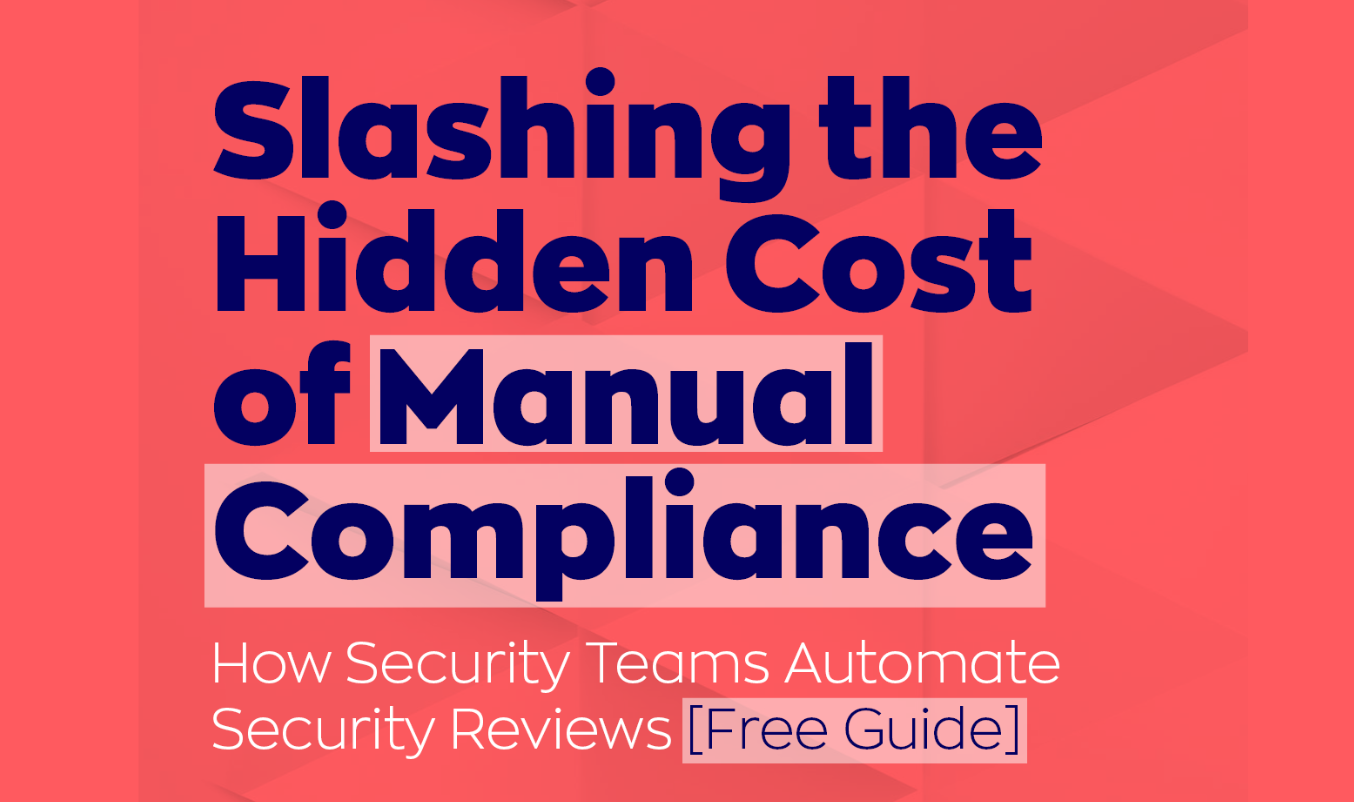The Rise and Impact of AI Threat on Cybersecurity
.jpg)
Artificial Intelligence (AI) has begun to weave itself into the fabric of modern life, revolutionizing everything from healthcare to finance. Its rapid evolution brings not only groundbreaking advancements but also unprecedented challenges, especially in the realm of cybersecurity. The integration of AI in cyber defense and offense systems marks a significant shift in how digital threats are approached and managed. This integration signals a new era where AI's capabilities are dual-edged, offering robust solutions while simultaneously enabling more sophisticated cyber threats.
Understanding and mitigating these AI-driven threats is no longer a futuristic concern but an immediate imperative. The burgeoning role of AI in cybersecurity demands a vigilant and proactive approach to safeguard our digital landscapes against these evolving threats.
The Role of AI in Modern Cybersecurity
In the dynamic field of cybersecurity, AI has emerged as a game-changer. Its transformative impact is felt across threat detection, incident response, and defense strategies. AI's ability to analyze vast datasets rapidly and identify patterns invisible to the human eye makes it an invaluable ally in the constant battle against cyber threats. By integrating AI, organizations can now anticipate and counteract sophisticated cyberattacks more effectively.
However, this evolution is not without its challenges. The deployment of AI in cybersecurity raises ethical questions and concerns about privacy and data integrity. Additionally, there's the risk that AI systems themselves could become targets of cyberattacks, potentially leading to disastrous outcomes. As we venture deeper into using AI for cybersecurity, it's crucial to understand these inherent challenges and develop robust, ethical frameworks to address them. The proactive harnessing of AI by security experts and organizations is crucial to stay ahead in the cybersecurity arms race.
Which Tasks in Cybersecurity Can be Performed by AI?
AI's capabilities within cybersecurity extend far beyond basic automation. It excels in automated threat detection, using machine learning algorithms to identify and respond to anomalies swiftly. Its proficiency in predictive analysis helps foresee potential vulnerabilities and attacks, enabling pre-emptive measures such as adjusting security policies, patching vulnerabilities, and initiating user behavior analytics to prevent insider threats before they occur. AI's adaptive response mechanisms can dynamically adjust security protocols based on evolving threat patterns, providing a level of responsiveness that was previously unattainable.
This transformative potential of AI is revolutionizing cybersecurity practices. Tasks that once required extensive human intervention, such as continuous network monitoring and complex data analysis, can now be managed more efficiently and accurately by AI systems. These advancements not only enhance security but also alleviate the workload of human analysts, allowing them to focus on more strategic tasks.
What is an AI Cyber Attack?
An AI cyber attack represents a new frontier in digital warfare, where malicious actors employ AI to orchestrate complex and evolving cyber threats. These AI-driven attacks are characterized by their sophistication and adaptability, often outpacing traditional defense mechanisms. Cybercriminals use AI to analyze security systems, identify vulnerabilities, and execute attacks that can learn and evolve in real time.
The techniques used in AI cyber attacks range from automated phishing campaigns to advanced ransomware attacks that can adapt to individual targets. The consequences of these attacks are far-reaching, impacting not only individual privacy and security but also the integrity and reliability of critical infrastructure and services. Understanding and countering these AI-driven threats requires a nuanced approach, combining advanced AI defenses with traditional cybersecurity strategies.
The Main Risks of AI in Cybersecurity
The integration of AI into cybersecurity, while transformative, introduces several significant risks that need careful consideration and management.
Bias and Inaccurate Decision-Making
One of the primary concerns is the inherent bias in AI algorithms. These biases, often resulting from skewed or incomplete training data, can lead to inaccurate threat assessments or misinterpretations of benign activities as threats. Such inaccuracies not only undermine the effectiveness of cybersecurity measures but can also cause unnecessary disruptions and resource allocation issues.
AI-Powered Attacks
As AI tools become more sophisticated, so too do the tactics of cybercriminals. Malicious actors now use AI to develop more complex malware and attack strategies. These AI-powered attacks can adapt in real time to counteract defense mechanisms, making them particularly challenging to detect and neutralize. For instance, AI can be used to automate the crafting of incredibly personalized phishing emails, significantly increasing the likelihood of them deceiving recipients.
Evasion and Poisoning Attacks
AI systems in cybersecurity are also vulnerable to evasion and poisoning attacks. In evasion attacks, attackers modify their malware or tactics just enough to avoid being detected by AI-driven security systems. Poisoning attacks, however, involve feeding the AI system false data to skew its learning process and decision-making capabilities. This type of attack can render an AI system ineffective or, worse, turn it into an unwitting accomplice in furthering malicious activities.
Scalability of Threats
The scalability of AI-driven attacks presents another critical risk. AI can automate and enhance the speed and volume of attacks, such as DDoS (Distributed Denial of Service) attacks, at a scale that is unmanageable for traditional cybersecurity defenses. This scalability means that even smaller-scale attackers can launch large-scale disruptions, democratizing the ability to cause significant digital harm.
Dependence and Over-Reliance
There's also a growing concern about over-reliance on AI for cybersecurity. Excessive dependence on automated systems can lead to a lack of human oversight and decreased manual skills among cybersecurity professionals. This dependence becomes particularly problematic when AI systems fail or are circumvented by new types of cyber threats, leaving human operators unprepared or unable to respond effectively.
Ethical and Privacy Concerns
Lastly, the use of AI in cybersecurity raises ethical and privacy concerns. AI systems often require access to vast amounts of data, some of which can be sensitive or personal. Ensuring that this data is used responsibly and ethically, and that AI systems are transparent and accountable in their operations, is a challenge that must be addressed to maintain trust and compliance with privacy laws and standards.
How to Defend Against AI Threats
Defending against AI-driven cyber threats demands a sophisticated, multi-layered approach, integrating both technological solutions and human expertise.
Enhancing AI Security with Advanced Solutions
The development and deployment of advanced AI-driven security solutions are paramount. These solutions, employing machine learning and deep learning algorithms, can predict and neutralize threats more accurately and faster than traditional methods. However, these AI systems must be continuously trained with up-to-date data, ensuring their effectiveness against the latest threats. The use of federated learning, where AI models are trained across multiple decentralized devices or servers, can also enhance the robustness and diversity of the learning process.
Human Oversight and Expertise
Despite the power of AI, human oversight remains irreplaceable. Cybersecurity teams should include AI-savvy professionals who can interpret AI findings, provide contextual understanding, and make informed decisions on threat mitigation. This human element ensures that the subtleties and nuances of cyber threats, which AI might overlook, are adequately addressed.
Regular Audits and Updates
Regular audits of AI systems and their algorithms are essential to ensure they function as intended and haven't been compromised or become outdated. Alongside audits, regular updates and patches to AI systems help protect against newly discovered vulnerabilities and attack methods.
Cyber Hygiene and Employee Training
Good cyber hygiene practices, such as using strong, unique passwords and enabling multi-factor authentication, remain crucial. Training employees to recognize and respond to cyber threats, especially those sophisticated enough to bypass AI defenses, can significantly reduce the risk of successful attacks.
Collaborative Defense Strategies
Collaboration between organizations, cybersecurity experts, and government agencies can provide a more comprehensive defense against AI threats. Sharing insights, threat intelligence, and best practices can help develop more resilient defense mechanisms and preparedness strategies against AI-driven attacks.
Ethical AI Use and Privacy Protection
Ensuring that AI is used ethically is vital. This means respecting user privacy, being transparent about AI usage, and adhering to regulatory standards. Organizations should also implement robust data governance policies to safeguard the data used by AI systems, preventing misuse or unauthorized access.
Preparing for the Unpredictable
Finally, preparing for the unpredictable nature of AI-driven threats is crucial. This involves not only technological preparedness but also strategic planning and the development of response protocols for different scenarios, including those that may not have been previously encountered. Simulation exercises and red teaming can help organizations anticipate and plan for various attack vectors, including those potentially leveraging AI.
By incorporating these strategies, organizations can fortify their defenses against the increasingly sophisticated landscape of AI-driven cyber threats. It's a continuous process of adaptation and improvement, as the nature of cyber threats and the technology used to combat them are constantly evolving.
Bottom Line
As AI continues to shape the cybersecurity landscape, its role as a double-edged sword becomes increasingly evident. Its potential to bolster defenses is as significant as its ability to enable novel threats. Addressing the challenges and opportunities presented by AI in cybersecurity requires ongoing research, innovation, and vigilance.
Key to this endeavor is the cultivation of collaboration, education, and ethical considerations. Only by embracing these pillars can we navigate the complexities of an AI-driven digital world, ensuring security and resilience against the sophisticated threats of tomorrow.
.png)








.jpg)
